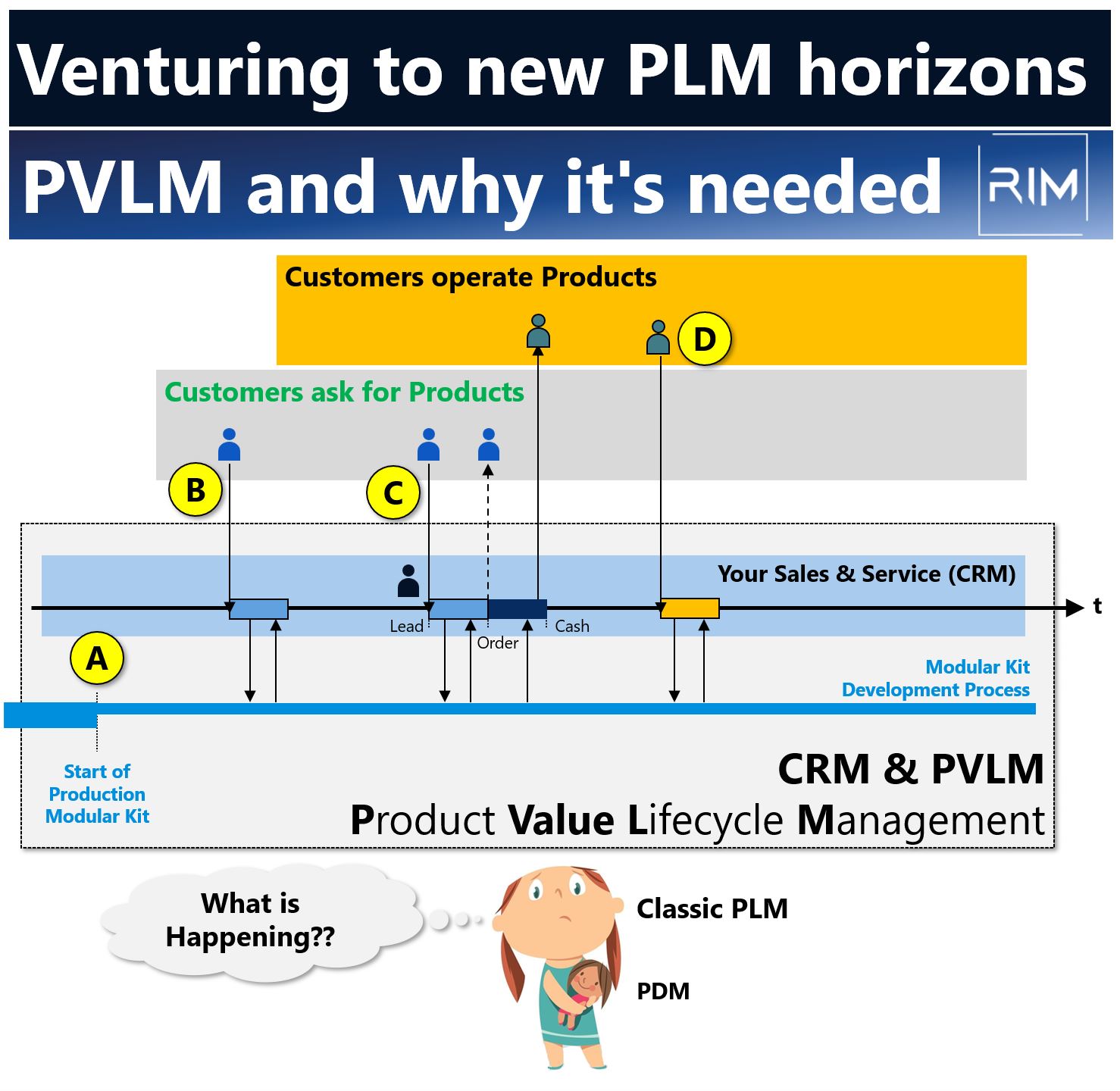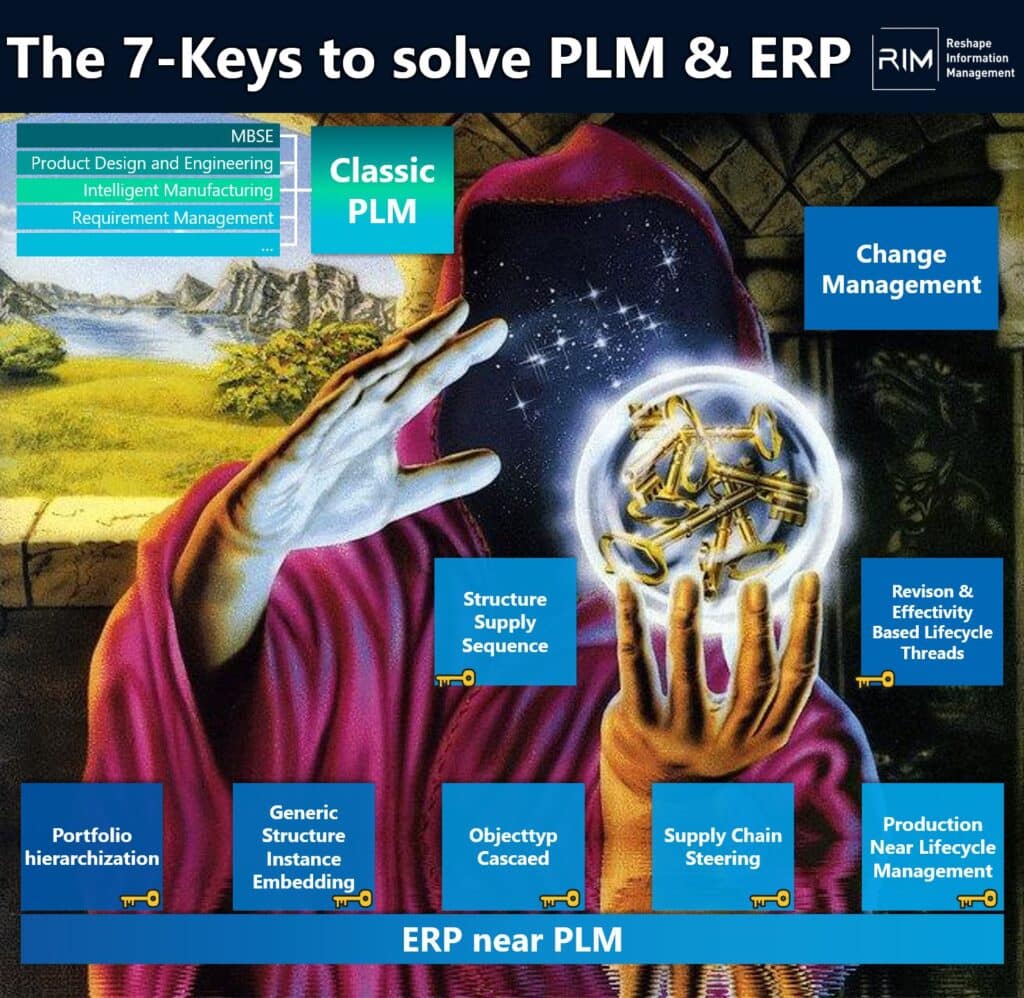Venturing to new PLM horizons - PVLM and why it's needed!
As part of my work in research and teaching, it is essential to know suitable future topics and solution approaches in the areas of digitalization, digital thread, PLM, ERP, MES, etc..
In this context, I had a few calls with Propel Software and we came to talk about PVLM.
Propel Software is implemented on the Salesforce Cloud platform. So it makes sense for you to think of PLM from a sales perspective.
Their particular approach is to close the "product value gap". I really liked that.
Well, what is the Product Value Gap and where does it all come from? Here is part of my interpretation of it. Previous approaches to product development (especially in the classic predominant process patterns STO and ETO) are very technical. In essence, engineers define requirements from a functional perspective and start to realize them.
With the trend towards CTO+, long-life modular kits are becoming increasingly established and are being continuously developed further (see image detail A).
So where does the impetus to further develop these durable modular kits come from?
Directly from the market, of course. The situations (B, C and D in the picture) are typical.
B: Requirements from the customer directly from the market - but the customer does not buy 🚫
C: Customer requirements directly from the market - the customer buys ✔️
D: Service cases directly from the market.
If you think consistently, modular kits can only be long-lasting if the impetus for further development comes directly from the market and flows into the kit/product.
So far, I have often seen companies complaining about how the market induces variance in their portfolio.
I think the problem is actually a different one. There are often no processes in companies that translate impulses from the market into development from a product value perspective, i.e. directly from the customer benefit.
Often a quick solution is simply called for, which then induces complexity into the portfolio, thus half-fulfilling the customer's wishes and making processes and product architecture even more complex.
Now, anchoring processes in the company that have the task of continuously flowing value for the customer into the modular kit is urgent.
I think it's great that the first PLM vendors are also consistently dealing with this.
If you are familiar with the approaches of Palma and Modular Management against this background, you will see a similar thrust. You can find more information on this in this blog post: CPQ-ERP-PLM Portfolio | STZ-RIM
So it's time for PLM vendors to get involved with PVLM too. What do you think? How do you solve this issue with your modular kit?
#PLM #PVLM #digitalization #innovation #businessstrategy #productdevelopment #customercentricity 🌟




